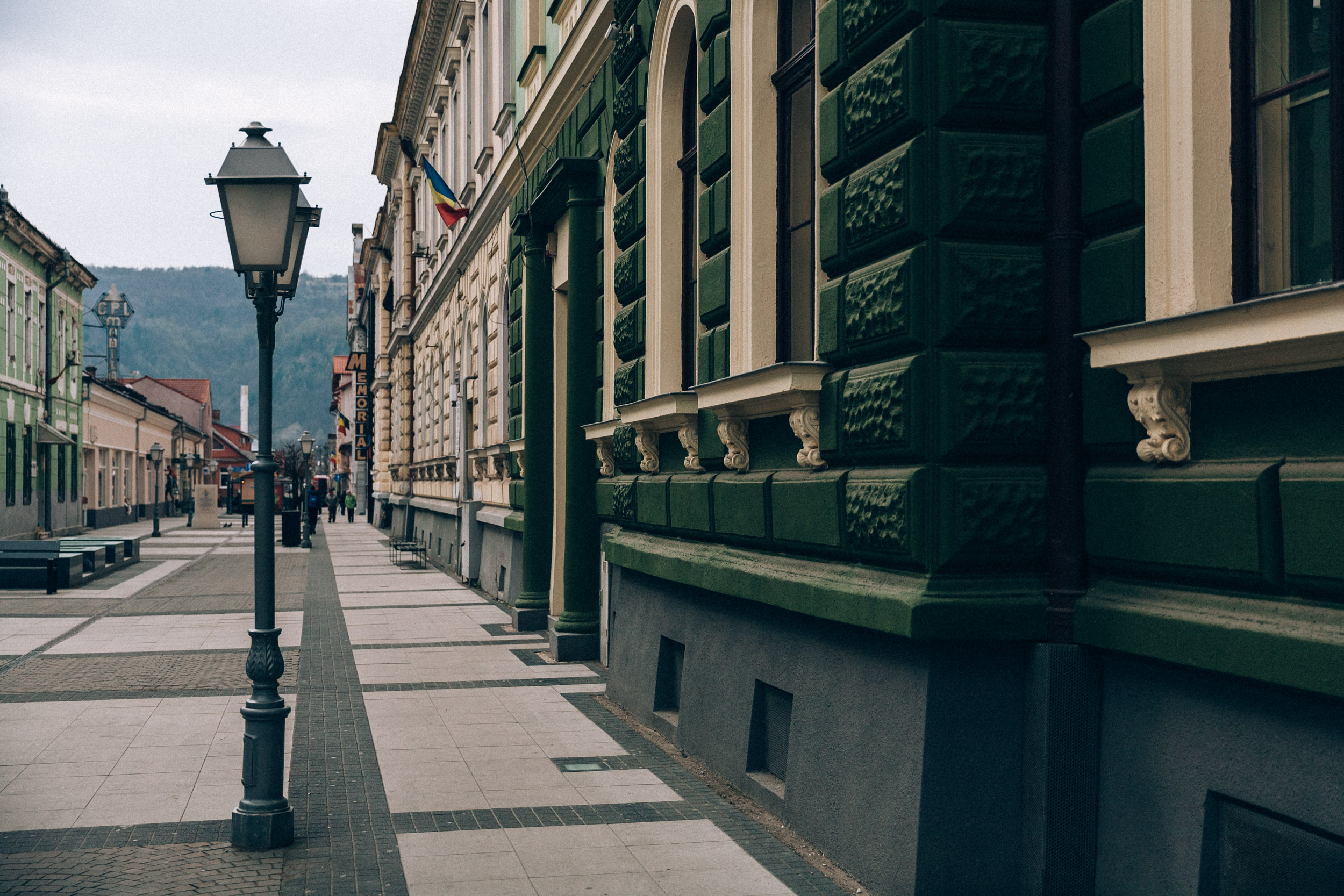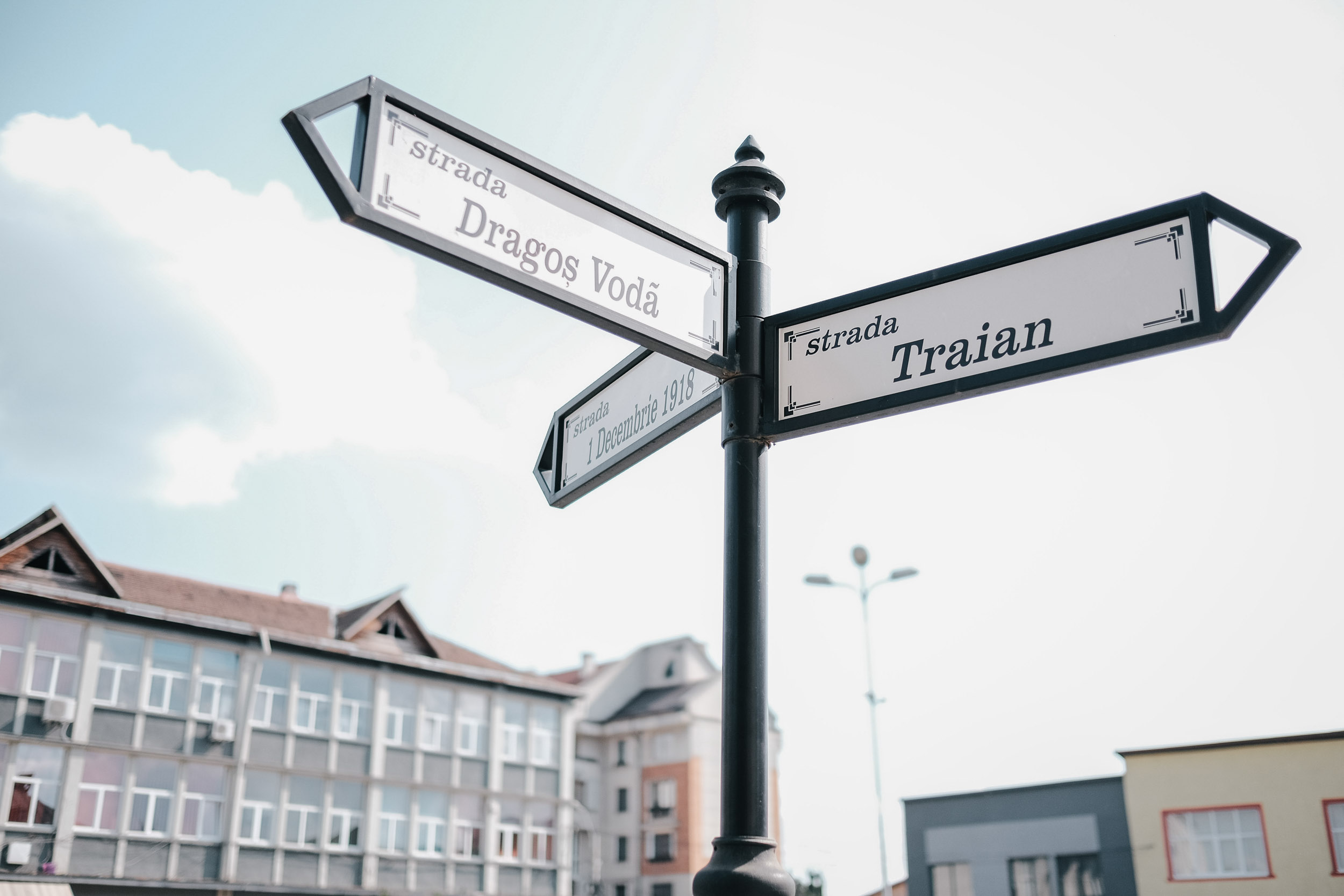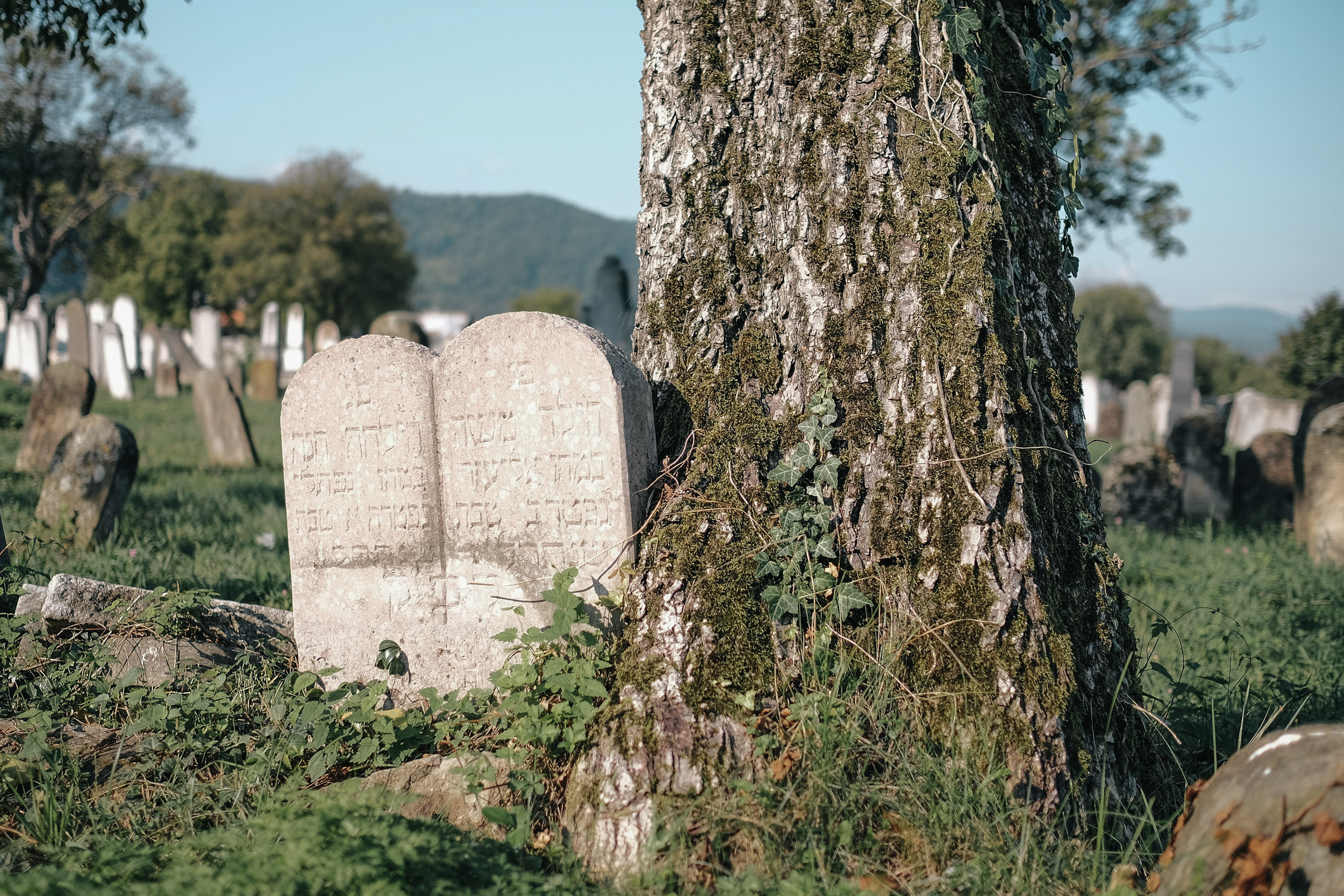A brief overview of important Jewish sites and history
Sighetu Marmatiei
An introduction to the Jewish history of Sighet Transylvania by Judaic scholar Menachem Keren Kratz, followed by a virtual tour of existing Jewish sites around the city.
Origins
The Jewish settlement in Maramures began during the 17th century, when Hungary was still a part of the Ottoman Empire, and intensified during the 18th and 19th centuries. Most Jews immigrated from neighboring Galicia following the harsh economic conditions and waves of anti-Semitism that prevailed there at the time. Sighet, the county's seat, soon become the religious and cultural center for all the Jews in Maramures. The Jews of Maramures was characterized by a combination of three factors: Fully observing Jewish tradition and customs; Simple living, sometimes on the verge of poverty, in a culturally enclosed Jewish community; Striving for excellence in religious studies and admiring spiritual and Hasidic leaders. To maintain the Orthodox lifestyle the rabbis in Sighet led and supported the religious supreme academy – the yeshiva – in which hundreds of students studied the Talmud most hours of the day.
Jewish publications
In mid-1870s members of the Orthodox Jewish community published two Hebrew newspapers, the first in all of Hungary. By the end of 19th century Jewish immigration increased and the number of Jews in Sighet reached 7,000, consisting one third of the population. This boasted the economy and during the turn of the century another dozen newspapers were published accommodating the community's needs. The newspaper industry, both for Jews and non-Jews, was soon dominated by Jews which served as printers, journalists, editors and publishers. Sighet also became known as a printing center for religious books, and its print shops published hundreds of Jewish holy books, written both by local and foreign rabbis.
1920-1930
After recovering from the economic crisis which followed WWI, the Jewish congregation of Sighet regained its strength and by 1920 its 11,000 Jews made up almost half of the town's population. At that time Zionist activity intensified in spite the objection of the town's rabbis and although most of Sighet Jews adhered to tradition, many joined Zionist organizations.
The 1920s and 1930s were characterized by a surge of cultural activities. Many more Jewish boys and girls enlisted in the municipal schools in addition to their traditional studies.
Jewish painters and sculptures exhibited their works, musicians played in concerts halls and coffee houses and Jews established their own chorus. Local and visiting actors performed Jewish plays at the local theater and Jewish and non-Jewish movies were shown at the local cinema. Authors wrote prose and poetry, public libraries were packed with youngsters reading whatever they could put their hands on, and lectures were given by prominent Jewish intellectuals. Jews established a football and tennis teams that competed with other Jewish and non-Jewish ones. This activity was well documented in the literary and cultural magazines published during the 1930 until the Holocaust.
1940-Present
In the hundreds of years the Jewish community existed in Sighet, it kept good relationship with its non-Jews neighbor's. Children shared the same schools, streets and playgrounds and grown-ups interacted and worked side by side with non-Jews. This situation began to change in the late 1930s as antisemitic regulations were imposed.
In 1940 northern Transylvania, Sighet included, was annexed to Hungary and even worse decrees were enforced. Among them was the compulsory service in the Labor Battalions which many Jews didn't survive. In mid-April 1944, after the Nazi regime took control over Hungary, all Jews were ordered into the ghetto.
During May 16-22 all detainees were loaded on freight trains and sent to the extermination camp in Auschwitz.
Of the 10,000 Jews residing in Sighet before the Holocaust only few thousands survived. Many survivors returned to Sighet and tried to rebuild their community. However, due to the communist regime most Jews immigrated to other countries, and only a handful of Jews remained in Sighet.
Jewish Heritage
Sites in Sighet
[1] The Memorial Monument
About 2300 Jews returned to Sighet following the liberation in 1945. All came home to look for family members and relatives, unfortunately very few were united with their families. Some started new families or left to Israel to start a new life: However before leaving, a group decided to create this enormous Monument on the exact location where the largest Synagogue in Sighet stood up until it was set on fire. Commemoration Services are held at the site during the year or by request.
Location: Strada Gheorghe Doja 75
[2] The Elie Wiesel Museum
Professor Ellie Wiesel, arguably Sighet’s most prominent Jewish figure, was born and raised in this house until the age of 16, before he and his family, along with the whole Jewish Community of Sighet were deported to Auschwitz between May 16-22, 1944. Today, his childhood home is a memorial house to the Jewish life cycle of the pre-Holocaust Jewish community of Sighet. Thousands of visitors come from all over the world, including high school students and educators from Romania and across Europe. The Museum organizes various workshops and exhibits throughout the year.
Visiting Hours
Summer: Tuesday to Sunday 10:00 to 18:00 (Monday closed)
Winter: Tuesday to Sunday 10:00-16:00 (Monday closed)
Location: Strada Tudor Vladimirescu 1
[3] The Jewish Cemetery
The Sighet Jewish Cemetery is about 300 years old, however many of the original tombstones are not to be found any more due to weather erosion and the materials the tombstones were made of. Sighet was the capital of Chassidut movement, frequently visited by Jews from all around Europe. Today, many Chassidim are coming to pay homage the “Famous Rabbis Ohel” many feel that writing notes, praying and making a pilgrimage will cure their health conditions, bring a match to single persons and so on.
If you wish to locate a grave please check www.sighet.org
Location: Strada Szilagiy Istvan and Strada Izei
[4] The Sephardic Synagogue
The Jewish community of Pre-WW II Sighet had many synagogues and Shtebels (a small synagogue next to a home) with about a dozen large ones, serving the various religious denominations. The main larger synagogues belonged to orthodox and neolog Judaism. Neolog Judaism originated among a segment of Hungarian Jews, who integrated the emancipation decrees. The Conservative Movement evolved from Neolog Judaism Post WW II. Today the one and only remaining synagogue is the Sephardic Synagogue, also known as the Wijnitzer Klaus Synagogue. It was built in 1902 in an eclectic Moresque style, and was restored in 2004. The synagogue was a Vijnitzer Kloiz, and has nothing to do with the name “Klaus”. There is no daily or holidays Minyan, only when large groups are visiting the city.
Location: Str. Basarabia 10
[5] The Drimer House in the Sighet Village Museum
The Sighet Village Museum is located about 3 km outside of the city, in a forest area. One can visit various wooden houses representing the diverse folkloric building styles of the many nationalities who lived or still live in the region. The Drimer historical house was brought from Birsana, and opened officially May 2014. Mr. Drimer was a Rabbi, Shohet (a person certified by a Rabbi or Jewish court of law to slaughter animals for food in the manner prescribed by Jewish law) and Melamed (Teacher). His house was a synagogue and a welcoming place for all travelers in the area for lodging.
Rabbi Drimer’s House is in full tact as he lived in it for many years before he was deported to Auschwitz in 1944.
The Village Museum is open year round. It is recommended to visit it between the months of May-November while the weather is pleasant.
Location: Maramures Village Museum, Strada Muzeului 1
[6] Kahana Court
Located today on George Doja Street No. 67, this street was also known by pre-Holocaust Jewish Community as the Yiddische Gass -connecting the former Jewish neighbourhood to the town's main street extending Cusa Voda.
The Kahanas were a well established and rich family in Sighet, owning numerous food stores and a restaurant. On Fridays, just before the Sabbath, the Kahana family would make food packeges for the poor of Sighet.
Kahana Court was the centre of Jewish life in Sighet. The Beis Jacov Girl's school was located in the main building. In the court most of the craftsmen, shoemakers, tailors, saddle makers, millnary, had their shops. The court was for evening cultural programs and meetings of the Jewish Community.
After the deportation of the Jews from Sighet, the court remained abonded. Today parts of the court accomodates a few small shops and the Tarbut Foundation's offices. The rest of the building is in need of restauration.
Location: 67 Gheorge Doja St.
[7] The Sighet Train Station
This is Sighet’s main train station from which tens of thousands of Jews were deported during the Holocaust. A plaque marking the 70th commemoration event to the deportations can be found at the entrance on the station’s wall.
Location: Strada Gării
Book a Tour
Visiting Sighet?
Book a guided tour to Sighet’s Jewish sites.











